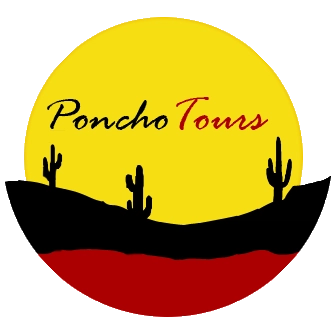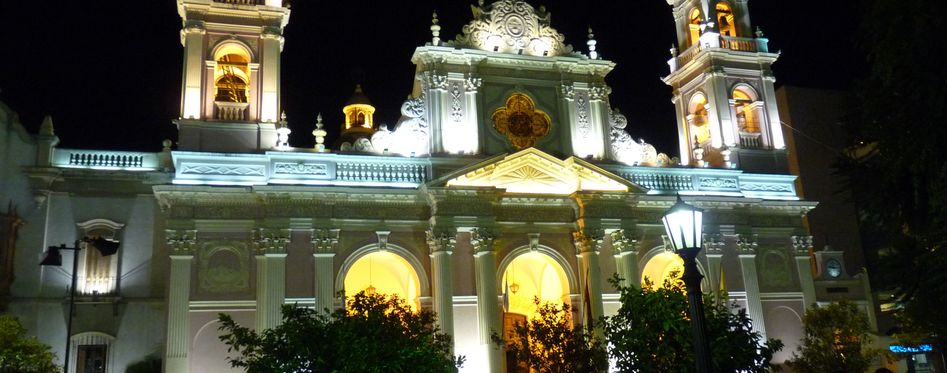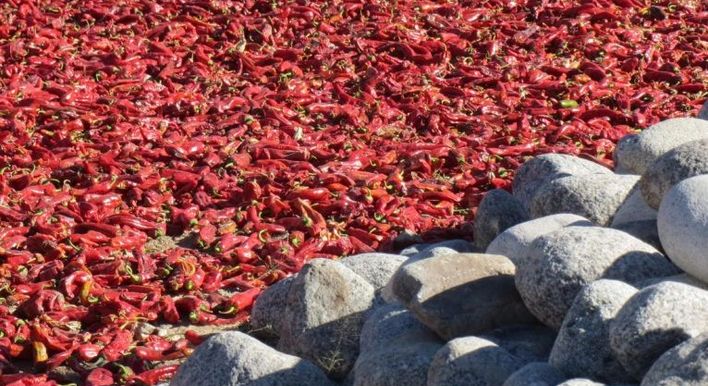The middle of September marks the most important religious pilgrimage in Salta and it has nothing to do with Christmas or Easter.
In far flung corners of the province close to the Bolivian and Paraguayan borders, this week pilgrims began the trek to arrive in Salta city before the main parade to mark the celebration of the Milagro (Miracle) of Salta on Friday 15th September.
A tour we think you'll love
Last year, the first time since 2019 that the pilgrimage was permitted because of the Covid pandemic, an estimated 680,000 people thronged the streets for the parade.
That’s more than the total population of Salta city itself: estimated at 627,000 in the last census of 2022. Organisers calculate that around 89,000 of those had walked several days from their homes to be there.
I’ve walked myself the 15km from my town of Cerrillos to arrive at the cathedral the day before the parade.
Clearly not a huge challenge, but (whether you’re religious or not) it’s still a great experience to be with singing and dancing pilgrims.
Much like the Easter parades in the Quebrada de Humahuaca which many guests on our tailor-made tours have enjoyed, there’s a special feeling to being a part of something much bigger (like a large crowd at a football match, which is a quasi-religious experience for me.)
Salta’s Milagro records an event which took place in September 1692, when an earthquake shook the area, destroying the city of Esteco.
Esteco was a Spanish base founded in 1566, before Salta was established further northwest 22 years later, followed by San Salvador de Jujuy in 1593.
Along with Cordoba, Santiago del Estero and Tucuman, these were all stations along the way from Buenos Aires to the colonial capital of Lima, with the riches of Potosi mine also en route.
When tremors were felt in Salta city, locals took refuge in the main square. Naturally, some believers went into the church to pray, and they noticed that an image of the Virgin Mary had fallen at the feet of the Christ. They took it as a sign that the Virgin was praying for the city’s deliverance.
A priest heard a voice saying that they had to take the image of Christ on a procession for the earthquake to end: so they did and the tremors stopped.
To the faithful, it was a sign that the church and city had been spared thanks to the images: and thus the miracle is observed every year with a similar parade.
If you’re on a tour of Salta at the moment, I recommend you stroll down towards the cathedral in Plaza 9 de Julio any evening to see the multitude of worshippers, before enjoying the Salta nightlife at the peñas of the Balcarce.
One curiosity about the Milagro…
I often find that while women are banned from the Catholic priesthood, they form the backbone of the church organisation, usually doing readings and assisting the priest.
The Milagro is pretty mixed now, in terms of sex and age, but apparently it was always a predominantly female procession until the time of Peron.
He confronted the church in the mid-fifties, perhaps because they threatened his own power: suppressing religious education in schools, allowing divorce and even permitting the legalisation of brothels to avoid on-street prostitution.
Peron’s battle led to his excommunication: he also banned religious parades which he feared would become a focus of opposition to his government.
The Milagro of 1955 was among those banned, but the religious authorities in Salta went ahead with the procession anyway.
It was remarked upon at the time that many more men attended to show their support for the Church (and/or opposition to Peron), and so it has been ever since, with a strong male presence.
The day after the procession Peron was overthrown by a military coup, beginning a cycle of violence and Peronist mythologisation which has arguably plagued the country ever since.







